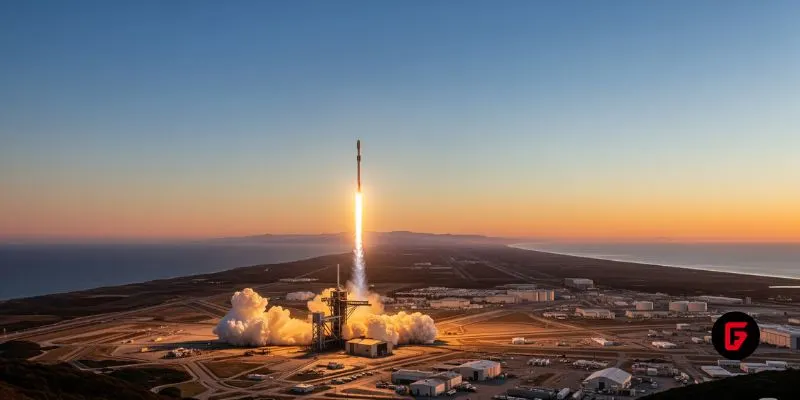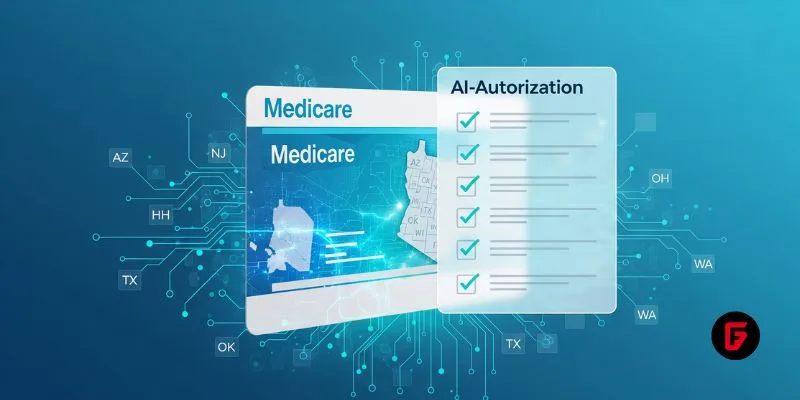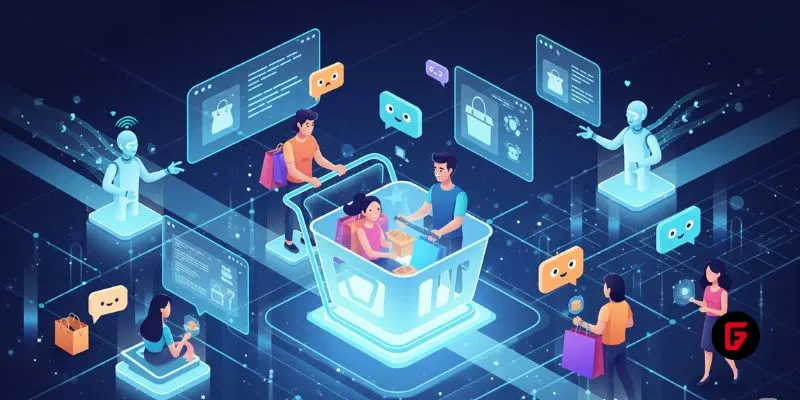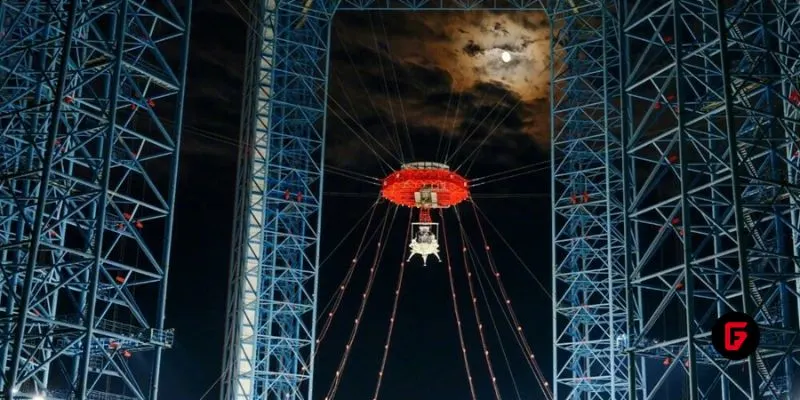
By futureTEKnow | Editorial Team
The explosive growth of artificial intelligence is no longer just a headline—it’s reshaping the very foundation of America’s energy landscape. As tech giants race to build ever-larger data centers to power chatbots, cloud computing, and generative AI, the U.S. power grid is being pushed to its limits.
Data centers now consume as much electricity as entire mid-sized cities.
The largest power grid in the U.S., operated by PJM Interconnection, serves over 65 million people and is facing unprecedented demand.
Electricity bills in affected regions are projected to jump by more than 20% this summer, driven by the energy appetite of AI infrastructure.
Training large language models and running data-intensive applications require immense computational power. A single data center can demand hundreds of megawatts—comparable to the consumption of tens of thousands of homes. With dozens of new centers planned or under construction, the gap between energy supply and demand is widening.
AI workloads are extraordinarily power-hungry.
The average query to an AI model like ChatGPT uses about 10 times more electricity than a traditional web search.
By 2030, data centers could account for nearly 9% of all U.S. electricity demand, up from just 3.5% today.
Data centers are expected to more than double their share of U.S. electricity demand by 2035, rising from 3.5% to 8.6%.
Total U.S. electricity demand is forecast to reach record highs, climbing from 4,097 billion kWh in 2024 to 4,283 billion kWh in 2026.
AI workloads are projected to account for over a quarter of all data center power demand by 2027.
Global data center electricity consumption could more than double by 2030, driven largely by AI adoption.
Much of America’s grid was built in the 1960s and 1970s, and about 70% of transmission lines are now over 25 years old. As aging infrastructure meets soaring demand, the risks of blackouts and power rationing are rising, especially in areas where data centers cluster near urban hubs.
Permitting delays and supply chain issues are slowing the rollout of new renewable and gas-fired plants.
The transition to cleaner energy sources adds complexity, as the grid must balance intermittent power from renewables with the constant needs of AI data centers.
Rising energy costs are already being felt by both businesses and households. Utilities are passing on the expense of infrastructure upgrades and emergency power purchases. Some states are pushing back, wary of shouldering the financial burden of tech-driven demand.
Federal and state regulators are fast-tracking permits and exploring incentives for energy-efficient data centers.
Without a coordinated national strategy, the grid risks becoming a bottleneck for both AI innovation and broader economic growth.
The artificial intelligence (AI) boom is a double-edged sword: it’s driving innovation, but also exposing the vulnerabilities of an outdated power grid. Balancing the needs of AI-driven industries with grid stability will require massive investment, smarter policy, and a rethinking of how electricity is generated and distributed.
The tension between technological ambition and infrastructure limitations is now front and center. The future of AI—and the reliability of our daily lives—depends on how quickly we can modernize the grid to keep up with this new era of digital transformation

Bridgit Mendler’s Northwood Space is pioneering mass-produced ground stations, enabling scalable, high-speed connectivity for the new era of satellite networks and megaconstellations.

SpaceX aims to nearly double launches from Vandenberg in 2025, facing support from federal agencies but strong objections from the state and local communities.

Traditional Medicare will pilot AI-assisted prior authorization in 2026 across six states, focusing on high-risk outpatient services. Clinicians retain final say, but incentives and access concerns loom as CMS tests fraud reduction and “gold card” exemptions. Here’s what providers and patients should know.

OpenArt’s new “one-click story” compresses scripting, visuals, and edits into ready-to-post short videos—fueling viral growth and a fresh IP debate. We break down how it works, adoption signals, what’s next (multi-character, mobile), and practical guardrails creators and brands should follow to stay original and compliant.

OpenAI’s o3 swept the Kaggle AI chess tournament, defeating xAI’s Grok 4–0. The victory fueled the intense rivalry between Altman and Musk, reshaping AI benchmarks.

NASA and Google’s AI-powered Crew Medical Officer Digital Assistant enables autonomous diagnoses for astronauts on Mars missions, redefining remote healthcare for space and Earth.

Pinterest’s CEO confirms that fully agentic AI shopping is years away, as the platform invests in AI-powered tools to enhance discovery, inspiration, and personalized shopping experiences for millions.

Shopify’s new AI shopping tools are transforming e-commerce, letting agents and chatbots deliver smooth, personalized shopping and checkout experiences across platforms. Learn how these innovations reshape online retail.

Meta has acquired WaveForms AI, a startup pioneering emotion-detecting voice technology. Learn what this means for Meta’s AI voice ambitions and the future of AI audio.

Tracelight is revolutionizing financial modelling for finance professionals with AI-powered Excel tools that automate complex tasks, reduce errors, and unlock new analysis capabilities. Learn how this next-gen solution changes the future of spreadsheets.

China’s Lanyue lander completed its first major test, showcasing advanced engineering for safe, crewed moon landings before 2030. Explore how this milestone shapes the space race.

Microsoft rolls out GPT-5 across its Copilot suite, integrating smarter AI for enterprise and personal users. Discover new features, free access, and what sets this launch apart.
To provide the best experiences, we use technologies like cookies to store and/or access device information. Consenting to these technologies will allow us to process data such as browsing behavior or unique IDs on this site. Thanks for visiting futureTEKnow.